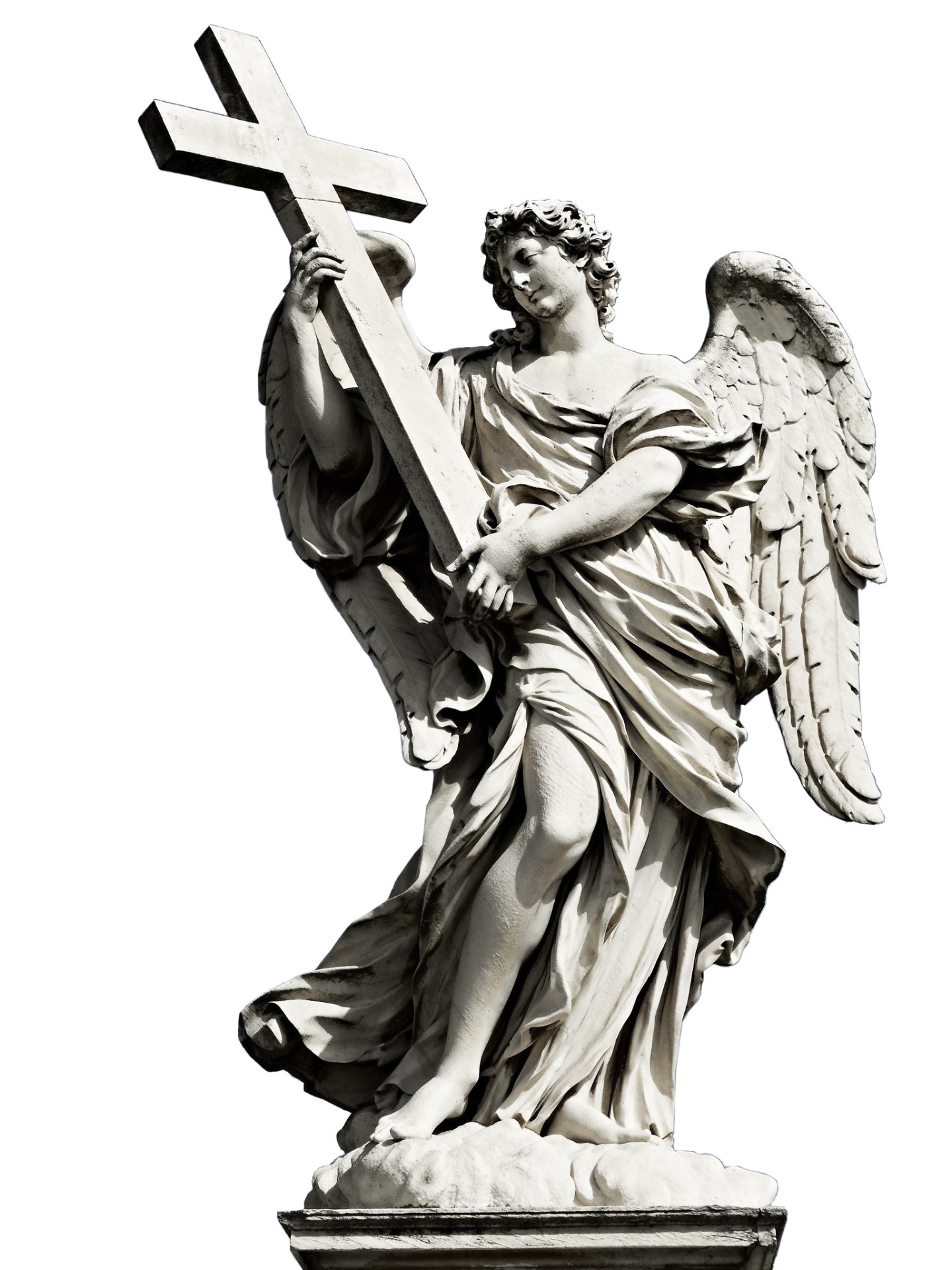The Association for the Protection of the Artistic and Cultural Heritage of the Intelvi Valley

The Association for the Protection of the Artistic and Cultural Heritage of the Intelvi Valley (APPACuVI) operates in the western Lake Como hills, between Lake Como and Lake Lugano, in the northern Italian Prealps along the Italian-Swiss border.
Founded in 1973 by a group of mindful lovers of the Valley lead by paleoanthropologist Dr. Giorgio Ausenda, APPACuVI's mission is to safeguard the rich local heritage, which includes 129 ancient churches and dozens of patrician palaces and monuments. These treasures are spread among 15 picturesque villages nestled in a truly enchanting green valley that bridges the two most beautiful bodies of water in the Northern Italian Lake District.
The association also dedicates significant effort to preserving local traditions and material culture. This includes the local dialect, agro-silvo-pastoral and artisanal productions, unique cuisine, and traditional festivities.
Beyond promoting and facilitating restorations, APPACuVI aims to increase and disseminate knowledge of the Valle Intelvi and neighboring areas. It achieves this by organizing conferences, study tours, research, publications, guided tours, lectures, and educational activities. These initiatives are carried out in close cooperation with schools, universities, museums, public agencies, and Italian and foreign scholars.
Currently, APPACuVI serves as the primary cultural association for the Lario-Intelvese Mountain Community.
Between 1973 and 1989, APPACuVI financed several restorations. Funding came from early membership dues, generous sponsorships from some members, and fundraising efforts such as auctions of antique items donated by supporters and raffles.
From 1977 to 1985, APPACuVI also published a series of thematic calendars. These calendars were rich in historical information and images, covering past events, arts and crafts activities, the valley's morphology, and the local dialect.
Among the earliest and most prestigious members was Maria Corti, a renowned Italian philologist, writer, and literary critic. Originally from the village of Pellio Inferiore, she spent most of her summers there throughout her life. Her contributions were invaluable, both in promoting restorations and other cultural initiatives, and for her important reminders to maintain a high level of quality in the association's activities.
Thanks to APPACuVI's efforts, the association, along with the local Comunità Montana, was involved in the Italo-Swiss conference on the dialects of Lombardy and Italian Switzerland, held in San Fedele Intelvi in 1983.
Since 1990, particularly under the repeated presidencies of Livio Trivella, the association has partly shifted its strategy. It has focused on increasing membership, gaining greater visibility, and building collaborative relationships with both Italian and foreign public bodies and universities. This has led to partnerships in major cultural projects, including cross-border initiatives.
In the aftermath of the pandemic, APPACuVI successfully leveraged opportunities presented by the National Recovery and Resilience Plan. By submitting innovative and valuable proposals for the area, the association implemented concrete projects with tangible and visible results that will benefit the community for years to come. A distinctive element of this phase was the active involvement of young people and schools, laying the groundwork for a future where they will serve as custodians and promoters of the local cultural heritage.
However, the most significant goal of APPACuVI is to spread worldwide the immense cultural value of the Artists of the Lakes. Largely based in the Intelvi Valley and its immediate surroundings, these artists were an extraordinary engine of creativity throughout Italy and Europe for 1,500 years.
From the 5th to the 21st century CE, the area between Lake Como (Lario) and Lake Lugano (Ceresio), with its epicenter in Valle Intelvi, Porlezza with Valsolda, and the Sottoceneri in the adjacent Italian-speaking Swiss Canton Ticino, has been home to an incalculable number—tens of thousands—of artists. Known in the Middle Ages as Magistri Comacini/Commacini and in modern times as the Artists of the Lakes, they exhibited typical characteristics. These included wide family consortia, the formation of companies through baptisms and marriages, and organizational structures capable of providing both building construction and decorative art. This extended to a tradition of seasonal emigration, starting in Italy in the 7th century, expanding to Europe in the 11th, and globally in the 16th. Prominent names such as Aloisio, Lanfranco, Benedetto Antelami, Andrea Bregno, Cristoforo and Andrea Solari, Aloisio Novi, the Della Porta, the Fontana, Pellegrino Tibaldi, Michele Sammicheli, Paolo Veronese, Francesco Borromini, Domenico Trezzini, Antonio Canova, and Lucio Fontana represent only a small fraction of a vast array of artists—architects, painters, and sculptors—who interacted with a "minor" world of stonemasons, stoneworkers, and stucco decorators.
Long-term goals for APPACuVI include publishing and organizing exhibitions about this extraordinary cultural and ethno-geographical phenomenon. These initiatives are also seen as powerful tools to grant the Intelvi Valley international recognition as a destination, bringing significant benefits to its economy and social well-being.
